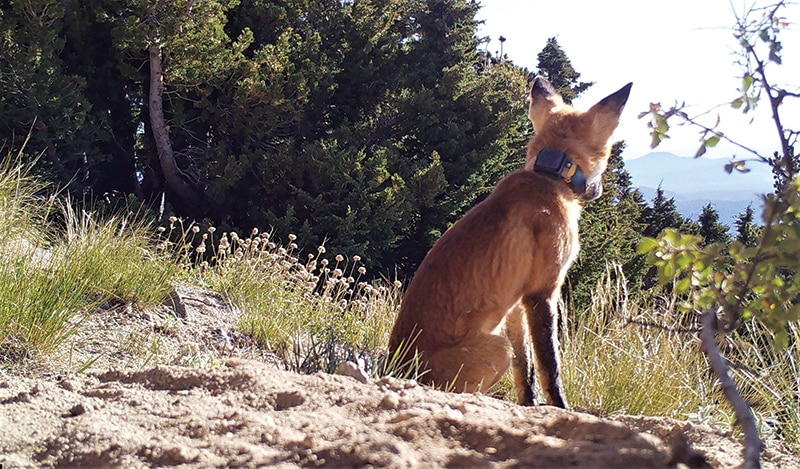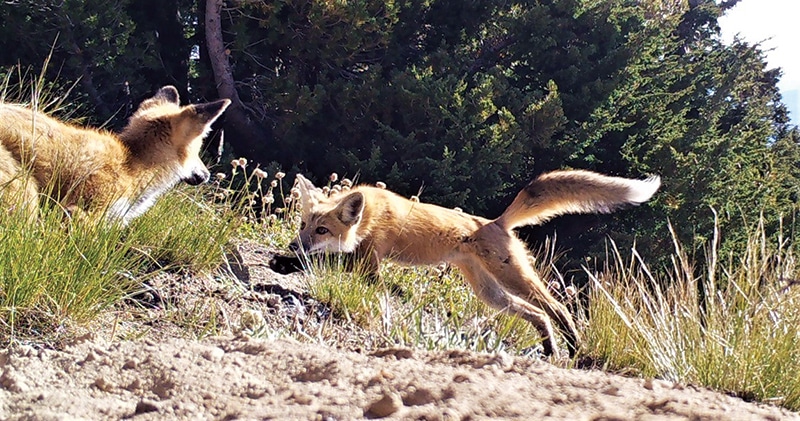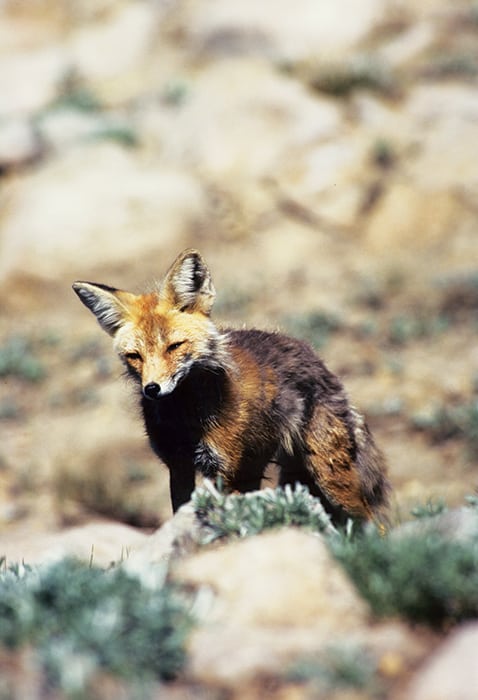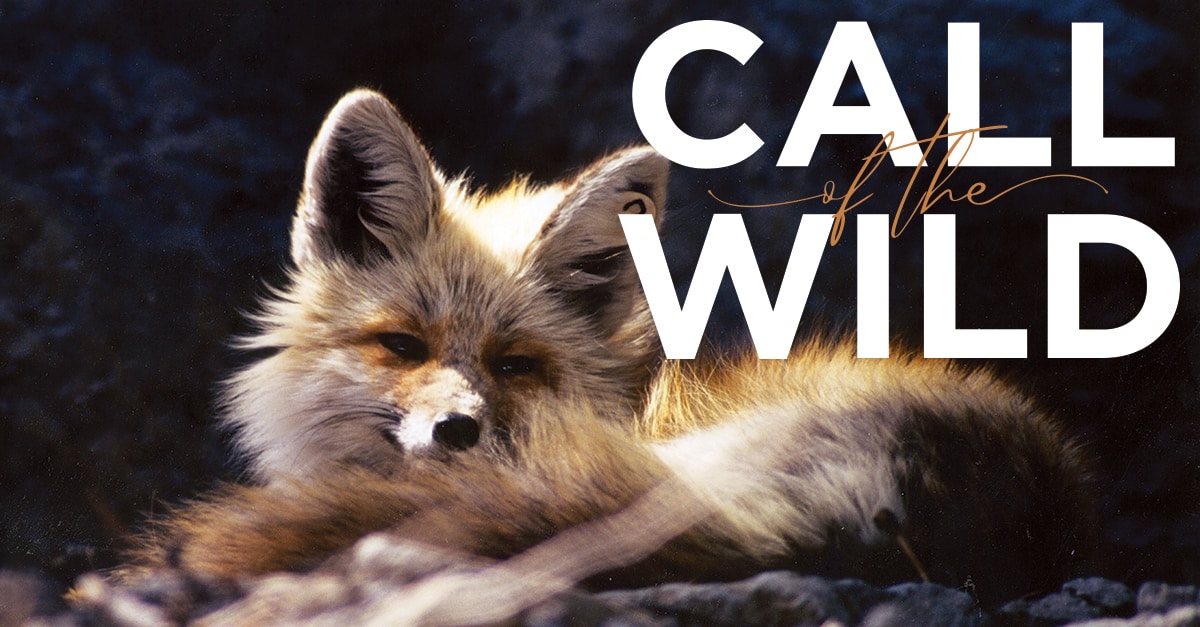Call of the Wild
Sierra Nevada Red Foxes In Lassen Volcanic National Park…
Lassen Volcanic National Park is home to a fluffy fox that is one of the rarest mammals in California. Small, smart, spunky and springy, Sierra Nevada red foxes live at high elevation – 8,000 feet or so – where winter hits hard.
“Having this rare species within the park is one of the attributes that makes Lassen Volcanic National Park truly unique,” says Michael Magnuson, Lassen Park wildlife biologist. “I find the fact that an animal the size of a house-cat can live and survive in 20 feet of snow all winter amazing.”

“They are incredibly smart creatures,” says Jennifer Carlson, Shasta-Trinity Unit biologist with California Department of Fish and Wildlife. “They can hear something moving in the spaces underneath the snow. They are patient. They are able to jump straight up in the air and straight back down to catch prey.”
To handle life high in the mountains, where winter temperatures drop into the teens and snow piles up, the foxes have thick coats. “Their feet are not like a dog’s feet, where you can see the toe-pads,” says Carlson. “They are completely covered with fur to make them more like snowshoes.”
A fox weighs in at 10 pounds or less, but looks larger because of all the fluff. Some have reddish-brown coats (reflecting their name), while others lean more to black or gray. The key identifier is a white-tipped tail. They’ve all got that.

Sierra Nevada red foxes are mostly solitary, with pairs returning to each other in mating season. “Male and female tend to mate for life,” Carlson says. “When the female dens and gives birth to the pups, the male will bring food back to the den.”
Rodents – voles, gophers and such – are key food. The foxes cache extras, stashing some kills under rocks or underground.
Sierra Nevada red foxes once lived throughout the Sierra Nevada and Southern Cascade mountains. Their numbers declined dramatically in the past 100 years. California Department of Fish and Wildlife lists them as “threatened.” Populations – never huge to begin with – likely were impacted by fur hunting (stopped in 1974), competition for prey and being preyed upon. Any carnivores bigger than the foxes – bear, bobcats and coyotes, in particular – are a threat.

Sierra Nevada red fox is a one of three high-elevation subspecies of red fox. The Lassen group, found in Lassen Park and the adjacent Caribou Wilderness of Lassen National Forest, was thought to be the only Sierra Nevada red fox population in California until 2010 when a fellow fox was picked up on a motion-activated camera in the Sonora Pass area near Yosemite National Park. The foxes were later documented in the Sierras west of Bishop. Sierra Nevada red foxes also have been found in the Oregon Cascades. The Lassen population is extremely low, probably 20 or fewer foxes, Carlson says. “That’s small. We are thinking it’s not sustainable.”
Researchers are trying to learn as much as they can, but it’s challenging. There are so few foxes, they live in rugged, remote places and they are extremely wary about entering live trapping cages. In the 1990s, a few Lassen foxes were trapped and collared, but the telemetry equipment of that era was bulky, clunky and failed quickly. In 2018, a new program with lightweight collars linked to satellites began. Seven foxes have been fit with the high-tech collars to track their wanderings. Carlson is part of that effort. “They are moving and using the daytime quite a bit, more than I anticipated,” she says.
Through the tracking, researchers learned the foxes remain at high elevation in the summer but their range expands in winter when they move into lower areas to find food. The tracking collars led to the first documentation of a Sierra Nevada red fox den.

Motion-detecting trail cameras and DNA samples from fox hair and scat provide information too. A genetics lab at University of California Davis analyzes samples to reveal genetic information on individual foxes. “We’re learning a lot, but there is still more to learn,” Carlson says.
The Sierra Nevada Red Fox Working Group, a collaboration of government, academic and other entities, is working on recovery strategies. “The Lassen population is the most concerning because the genetic diversity is so low,” Carlson says. One option would be bringing in foxes from another area. But other Sierra Nevada red fox populations aren’t flush with foxes, so it is uncertain where introductions would come from.
Carlson hopes the Lassen foxes hang on. “I think they are a unique species on the landscape.”
Lassen Park wildlife biologist Magnuson says it’s impressive how the fox has adapted to such a specific environment. “If they do not persist here, then part of what makes Lassen Volcanic National Park special will be lost.”•




